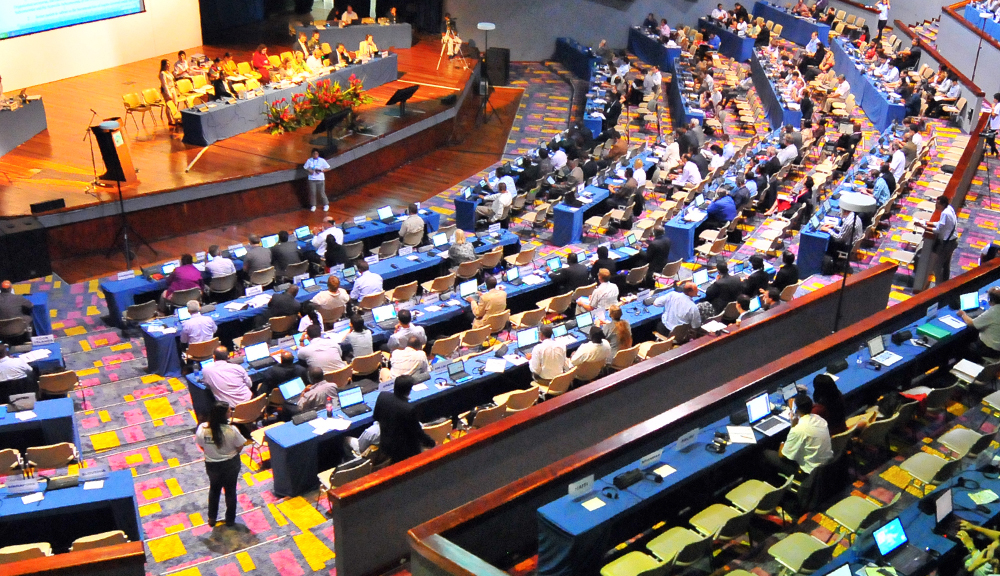BAN protects people and the planet from the toxic components within electronic waste
What’s Electronic Waste?
The screen you’re reading this off of now will one day become electronic waste.
Once discarded, everything with a cord or battery becomes electronic waste, or e-waste for short. E-waste is the fastest growing waste stream on the planet.
Examples of E-waste
Smartphones
Laptops
Tablets
mp3 players
Computer monitors
E-readers
Headphones
Data sticks
Household electronics like electronic kitchen gadgets
Children’s toys that light up or play music
And more…
These gadgets contain various components and pieces, some valuable, some toxic, and some both.
Valuable Components
Some of the valuable materials that make up e-waste are:
Gold
Silver
Copper
Aluminum
Platinum
Palladium
Rare earth metals
Plastics
And more…
Mining, refining, and manufacturing the valuable components of e-waste consume a great deal of energy and take a toll on the environment. Responsible recycling recirculates these metals back through the economy, thus reducing the demand for new materials.
Piles of circuit boards removed from electronics
Toxic Components
Some of the toxic components common in e-waste are:
Lead
Mercury
Flame retardants (such as brominated flame retardants and PBDEs)
Cadmium
Beryllium
Bisphenol-A (BPA)
And more…
Although we’re safe from these toxic components while using electronics, once discarded and opened up for disassembly, they can pose a serious health threat to recycling workers all around the world.
Burning a circuit board over an open fire release dioxins and furans
Basel and BAN
E-waste is hazardous waste because it contains these toxic components. The United Nations Basel Convention restricts the trade of e-waste because of these toxic components.
In accordance with the Basel Convention, BAN aims to ensure that e-waste is recycled responsibly, rather than dumped on less developed countries.
Toxic Trade
Despite Basel Convention hazardous waste trade regulations, some questionable recycling companies are merely brokers that export e-waste to less developed countries. These companies cut costs by offloading dismantling and recycling to impoverished countries with lax labor laws, weak environmental regulations, and poor human rights track records.
As a result of this massive, global flow of e-waste, former farming villages in countries like Vietnam, China, and Nigeria are now e-waste dumps.
In these impoverished communities, “recycling” often means burning circuit boards, soaking microchips in acid, and burning plastics to sort them by order. In short, it means poisoning people and the planet.
Occupational Health and Safety
Even in recycling facilities in more developed countries, workers and their families are at risk. As soon as recyclers begin disassembling and processing our old gadgets, they’re potentially exposed to toxins. Even at low levels, toxic substances can have adverse health effects. Workers can easily become contaminated. Without proper safeguards, they can unknowingly transport these toxins home to their families and neighbors.
E-waste Meets BAN’s e-Stewards
To solve toxic trade and occupational health and safety risks, BAN created the e-Stewards ® Program in 2009. e-Stewards spurs market incentives encourage socially and environmentally-conscious behavior.
BAN’s e-Stewards helps everyone – citizens and businesses alike – tackle the toxic footprint left behind by their old electronics. e-Stewards defines and promotes responsible electronics reuse and recycling worldwide.
e-Stewards certification differentiates truly responsible recyclers from those who merely claim to be going green.
BAN’s e-Stewards Standard
e-Stewards certifies recyclers to the e-Stewards Standard, the industry’s most rigorous environmental and social standard.
The e-Stewards Standard ensures high-quality occupational health and safety and environmental protection. It also prohibits coerced or prison labor and the export of toxic materials. Recyclers are certified by third-party audits.
e-Stewards Enterprises
The e-Stewards Enterprise program recognizes enterprises – businesses, governments, and groups – that pledge to use only certified recyclers.
Collectively, we can create the positive changes needed to prevent our electronics from polluting the environment and poisoning local and global communities.
By creating a network of responsible collection and processing entities, e-Stewards brings confidence in electronics recycling for consumers and businesses alike. LG is proud to support this global initiative.
– Ju U Han, Senior VP, LG Electronics, Inc.
By the Numbers
Responsibly recycling 1 million cellphones can recover:
20,000 lbs. of copper
550 lbs. of silver
50 lbs. of gold
20 lbs. of palladium
Got E-waste?
Visit BAN's Wiki to learn more about electronic waste and toxic waste trade
By the Numbers
One cathode ray tube (CRT) television or computer monitor can contain 4-8 pounds of lead.







